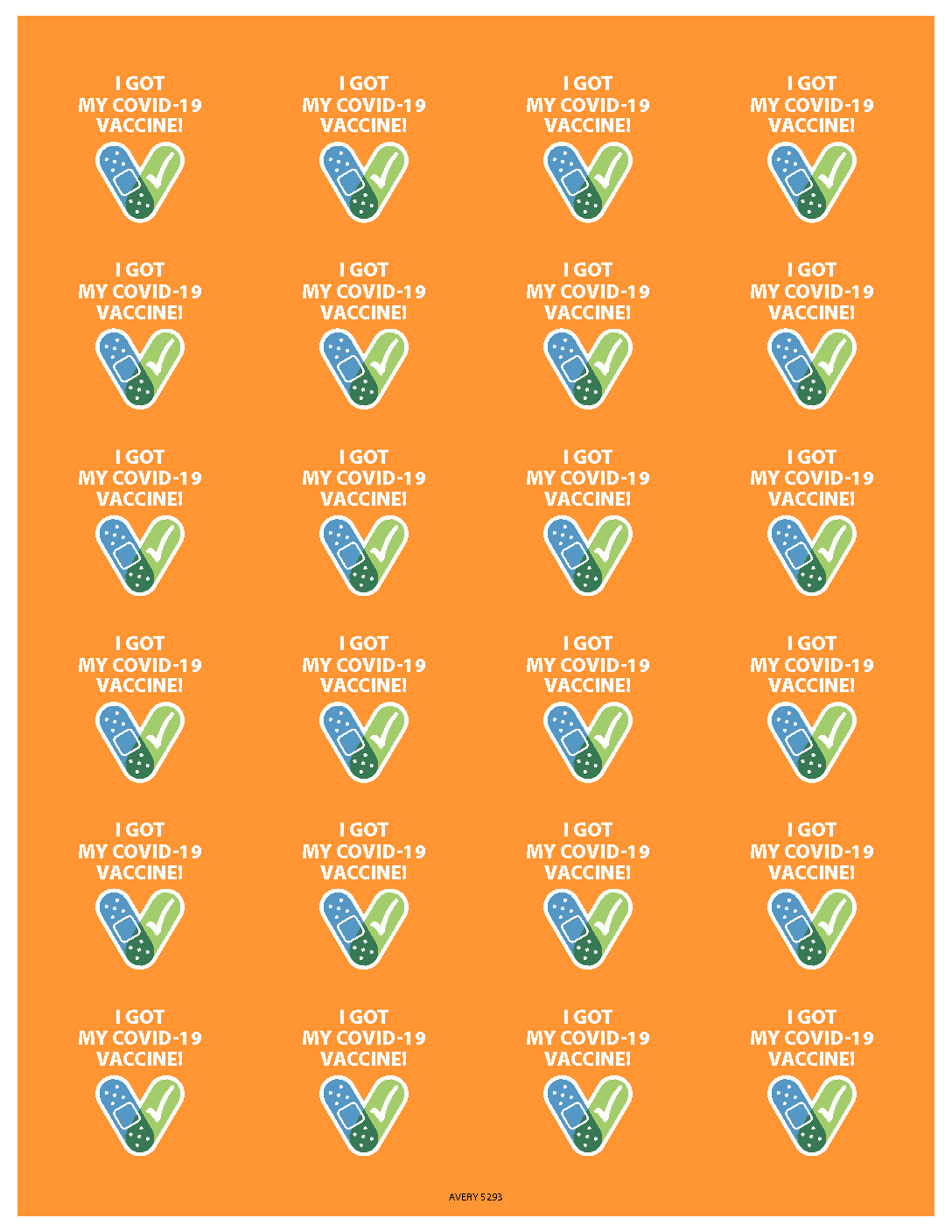Question: One question I keep getting (from my public health and non public health friends alike) is, ‘why should I trust that the vaccine is safe to take for myself and my loved ones.’ I feel that there is an urgent need for a list of consistent, concise messaging that (public health practitioners, politicians, community leaders) can use to explain to the general public why they should be the first to line up to take this vaccine. Would you please synthesize some key messages?
Answer: We’ve talked about vaccines a lot over the past month, but I’ve tried to provide much of this messaging alongside the science, which means that the messages have not been brief! Here is a synthesis of some of those key messages. Two important notes: 1) Messaging needs to be tailored to the audience!; 2) Please rely on other public health resources to bolster your messaging. CDC just began to offer a vaccination communication toolkit and CDC’s mRNA healthcare provider resources.
- Scientific rigor:
- All necessary scientific steps have been taken to ensure the vaccines work without detrimental health impacts. (Q&A of 12/16)
- Like all vaccines, COVID-19 mRNA vaccines have been rigorously tested for safety before being authorized for use in the United States. (CDC)
- mRNA technology is new, but not unknown, having been studied for more than a decade. (CDC)
- mRNA safety:
- mRNA vaccines do not contain a live virus and do not carry a risk of causing disease in the vaccinated person. (CDC)
- mRNA vaccines do NOT interact with a person’s DNA and are unable to affect or change a person’s DNA. (Q&A of 12/5)
- Side effects:
- Several non-serious side effects are common but short in duration, including pain at injection site, fatigue, and headache. (Q&A of 12/16)
- Serious adverse events are rare. (Q&A of 12/16)
- Adverse events linked to vaccination generally start within 6 weeks. (Q&A of 12/16)
- CDC will lead ongoing safety monitoring as the vaccine is rolled out. (CDC)
- Prioritization:
- While production, manufacturing, and distribution ramp up, vaccine supply will be limited. (Q&A of 12/9)
- Those first in line to receive the vaccine are health workers and residents of long-term care facilities. (Q&A of 12/9)
- Next in line will be frontline workers, followed by those with underlying conditions, and those ages 65+. (Q&A of 12/9)
- It will be many months into 2021 before for children and the general population will be eligible for the vaccine. (Q&A of 12/9)
- Outstanding questions:
- There are still a number of outstanding questions that scientists are working to answer. (Q&A of 12/13)
- Does the vaccine prevent infection?; Does the vaccine prevent transmission?; How long does immunity last?; How well does the vaccine work among some high-risk populations?; How well does the vaccine work among children? (Q&A of 12/13)

[…] In the meantime, for more information on vaccine safety and efficacy, see Q&A of 12/16, Q&A of 12/17, and other #vaccine […]